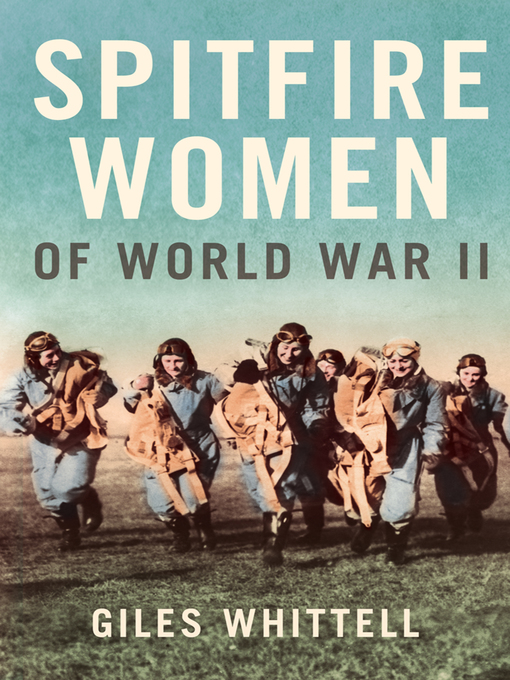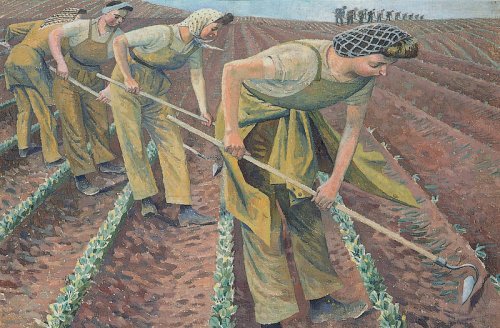It's taken 67 years to finally get this memorial for the Bomber Command built, but finally, yesterday was the day when Britain finally and formally acknowledged its debt to the 55,573 men of Bomber Command who never came home.
Due to the recent emphasis on this campaign, and some excellent books and documentaries pushing the stories of these brave men to the front of peoples minds, we now know how the government had brushed them
aside in the aftermath of the war, concerned that the carpet-bombing of
German cities would sit ill with Britains victory.
Personally, I cannot comprehend such attitudes, particularly when The Lancaster Bomber and the Spitfires are such icons of Britain, brought out at every special national occasion, and admired for their beauty, strength and courage. How could these men have been so betrayed?
In numbers, here are the facts:
19 Victoria Crosses won by men of Bomber Command, including Guy Gibson, who led the Dam Busters raid
125,000 Bomber Command air crew serving during WWII
55,573 died in action, a death rate of 44 per cent
4% average chance of being shot down per mission – but crews had to complete at least 30. Chances of surviving war lower than infantry officer in First World War trenches
9,838 bomber crew became prisoners of war
1.3m tons of bombs dropped by the Allies on Germany
635,000 is the estimate of German civilians killed
72% of Bomber Command dead were British. The rest were from Canada, Australia and New Zealand
I think the memorial is stunning, particularly the figure looking towards the sky shielding his eyes. Very stoic, and in my opinion, understated.
It was designed by Liam O'Connor and built in Portland stone, features a bronze 9ft-high sculpture of seven aircrew. Sculptor Philip Jackson said the tone of the work was reflective and portrayed men returning from a mission: "I chose the moment when they get off the aircraft and they've dumped all their heavy kit on to the ground."
The memorial also has a roof made of aluminium reclaimed from a Handley Page Halifax III bomber
As always, thanks for reading!
Katie
125,000 Bomber Command air crew serving during WWII
55,573 died in action, a death rate of 44 per cent
4% average chance of being shot down per mission – but crews had to complete at least 30. Chances of surviving war lower than infantry officer in First World War trenches
9,838 bomber crew became prisoners of war
1.3m tons of bombs dropped by the Allies on Germany
635,000 is the estimate of German civilians killed
72% of Bomber Command dead were British. The rest were from Canada, Australia and New Zealand
I think the memorial is stunning, particularly the figure looking towards the sky shielding his eyes. Very stoic, and in my opinion, understated.
It was designed by Liam O'Connor and built in Portland stone, features a bronze 9ft-high sculpture of seven aircrew. Sculptor Philip Jackson said the tone of the work was reflective and portrayed men returning from a mission: "I chose the moment when they get off the aircraft and they've dumped all their heavy kit on to the ground."
The memorial also has a roof made of aluminium reclaimed from a Handley Page Halifax III bomber
An inscription says the memorial "also commemorates those of all nations who lost their lives in the bombing of 1939-1945".
I'm just sorry it's taken so long.
I'm just sorry it's taken so long.
If you would like to learn more about the "Bomber Boys" i would highly recommend this BBC documentary with Ewen and Colin Mcgregor exploring the Bomber Commands story.
As always, thanks for reading!
Katie



















